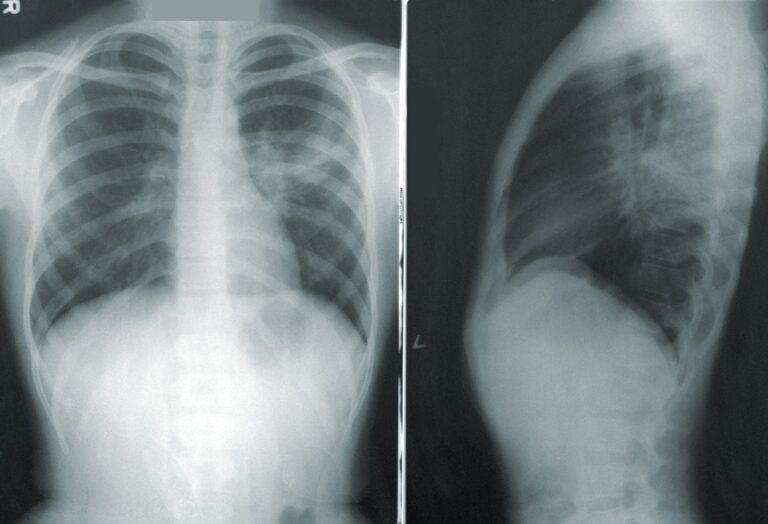Asbestos is a natural mineral that has been used widely for centuries mainly due to its durability and resistance to heat and chemical damage. Its fibrous nature and heat-resistant properties made it particularly attractive for making construction materials, automotive parts, and other industrial products.
But multiple studies have also found asbestos to be a carcinogen that can cause serious health problems, like the rare cancer mesothelioma.
The History of Asbestos Use
The use of asbestos dates back thousands of years. For example, the ancient Greeks and Romans used it to make clothing and blankets. However, its popularity increased several folds during the Industrial Revolution. This was when industrialists used it in a wide range of products, including insulation, roofing, and floor tiles.
Asbestos was also used in shipbuilding and was a common military equipment component.
Despite its widespread use, people didn’t fully understand the dangers of asbestos until the 20th century. Indeed, it was not until the 1960s and 1970s that scientists discovered the connection between asbestos exposure and health issues like mesothelioma.
How Asbestos Causes Mesothelioma
Asbestos fibers can be ingested or inhaled, after which they can lodge themselves in the mesothelial lining of the abdomen, heart or lungs. The mesothelial lining is a thin layer of cells that surrounds and protects the body’s internal organs.
Once in the body, these fibers can cause irritation and inflammation, which lay the ground for conditions such as mesothelioma.
The latency period for mesothelioma can be very long, meaning it can take years or even decades for the condition to develop after you’re exposed to asbestos. This makes diagnosing difficult because the symptoms may not show up until the disease is already in its later stages.
Here’s a guide on mesothelioma progression symptoms per stage if you wish to learn more about it. If mesothelioma is suspected, a biopsy may be performed to confirm the diagnosis.
Types of Mesothelioma
There are three main types of mesothelioma cancers:
- Pleural mesothelioma, which affects the lungs
- Peritoneal mesothelioma, which attacks the abdomen
- Pericardial mesothelioma, which targets the heart.
The most common type is pleural mesothelioma, accounting for about 75% of cases. Some of the symptoms are shortness of breath, chest pain, coughing, stomach pain, swelling, and loss of weight.
Diagnosis and Treatment of Mesothelioma
Treatment options for mesothelioma depend on the stage of the cancer and the overall health of the patient. Some of the popular ways include surgery, chemotherapy, and radiation therapy.
Surgery
Surgery is often the first line of treatment for mesothelioma. However, it may not be possible for all patients depending on the location and stage of the cancer.
The two main types of surgery for mesothelioma are pleurectomy and decortication. This method involves removing part or all the affected mesothelial lining. Then there’s extrapleural pneumonectomy, which involves removing the entire affected lung.
In some cases, chemotherapy or radiation may be used along with surgery to kill cancer cells and shrink any tumors forming.
Chemotherapy
Chemotherapy is another popular treatment option that involves the use of drugs to kill cancer cells. It can be administered through a vein or taken orally and it’s often used in combination with surgery and/or radiation.
Radiation therapy
This treatment option uses high-energy beams like X-rays to destroy cancer cells. It can be administered externally using a machine to deliver the radiation to the affected area, or internally to target the tumor.
Like chemotherapy, radiation is often combined with surgery and/or chemotherapy.
Prevention of Asbestos-Related Diseases
Lessening your exposure to asbestos is the first and most important thing you can do to prevent mesothelioma and other similar diseases. Luckily, many countries now have regulations in place to control the use and handling of asbestos to reduce the risk of exposure.
For example, the United States has the Asbestos Hazard Emergency Response Act (AHERA). This act requires schools to inspect for asbestos and develop a plan to manage it.
There’s also the Occupational Safety and Health Administration (OSHA) that seeks to protect workers from asbestos exposure.
On a personal level, you can protect yourself from asbestos exposure by being aware of its presence in your environment and taking precautions when working with it. If you suspect you may have been exposed to asbestos, ensure that you see a doctor immediately for a medical evaluation.
Conclusion
Asbestos exposure has been linked to various serious health issues, including lung cancer, asbestosis, and mesothelioma. We can no longer ignore the potential damage this material may cause and must take steps to reduce our exposure.
The best way to do this is by avoiding contact with known sources of asbestos-containing materials.
With the right education and safety rules, we can work together to stop people from getting exposed to asbestos more than they need to and ultimately, stop the spread of mesothelioma.










![Home Renovation Guide [2025]](/app/uploads/2021/04/design-hacks-1-378x300.jpg)
